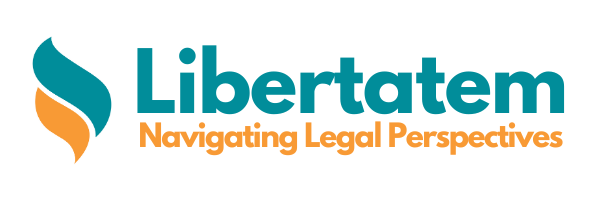Amid the pleas alleging media trials, the Division Bench had been hearing submissions of the News Broadcasters’ Authority (NBA). It prayed that severe restrictions on news circulation over entire electronic media were unjust. Thus, during the proceedings, the Bench made observations on the ethical practices followed by the NBA and envisioned for stricter implementations.
Brief Facts
India, one of the largest democracies in the world, guarantees freedom of speech and expression under Article 19(1)(a) of the Constitution. When this Constitutional Provision is read along with Article 19(1)(g) of the Constitution, it implicitly provides for ‘Freedom of Press’ in India. Therefore, it is the Fundamental Right of the citizens to report public matters via any form of media. However, in recent times, the country witnessed several instances of ‘media trials’. Media Trial refers to intensive reporting on sensational cases under the garb of investigative journalism.
The present proceedings before the Bombay High Court sought regulation on the ‘media trial’ and insensitive reporting in the Sushant Singh Rajput death case. Several Petitions were filed by activists, retired police officers and private citizens to oppose the conduct of media on electronic platforms. Therefore, the News Broadcasting Standards Authority made submissions to clarify the situation and respond to the allegations.
Submissions before the Court
The counsel, Mr Arvind Datar submitted that all civilized countries in the world follow the norm of self-regulation of media rather than statutory control. Any direct State control shall jeopardize the purpose of a ‘free press’, being influenced by political vindication. They cited the ruling of Supreme Court in the Sahara case wherein it straight away rejected the plea for statutory regulation over the media.
It was also contended that electronic media is not completely unregulated. NBSA had already adopted the Code of Conduct similar to the Press Council of India. It made the electronic media subject to a statutory framework as the Ministry of Information and Broadcasting could take action on breach of the Code. Further, he remarked- “The conduct of three or four channels should not be taken to paint the entire media in a poor light. We cannot discount the fact that the media in India, through investigative journalism or sting operations have exposed many irregularities.”
Further, the NBSA was not in favour of any new statutory body for regulation of standards for the electronic media. If the self-regulation mechanism failed, the issue could be dealt with by Courts to provide faster relief. He asserted- “The news broadcasters do not want the statutory remedy to take away their remedy with the court. They are much safer with the court than with a statutory body.”
Court’s Observations
Chief Justice Dipankar Dutta and Justice G, S, Kulkarni had been pursuing the present matter. The Bench observed that the Orders about the violation of the programme code were mostly like warnings and advisories. It was also noted that the electronic media lacks a regulatory body like the Press Council of India. Moreover, it questioned the Union Government for not ratifying and enforcing guidelines of private bodies like NBSA to regulate the content broadcasted over the electronic media.
Libertatem.in is now on Telegram. Follow us for regular legal updates and judgment from courts. Follow us on Google News, Instagram, LinkedIn, Facebook & Twitter. You can subscribe to our Weekly Email Updates. You can also contribute stories like this and help us spread awareness for a better society. Submit Your Post Now.

